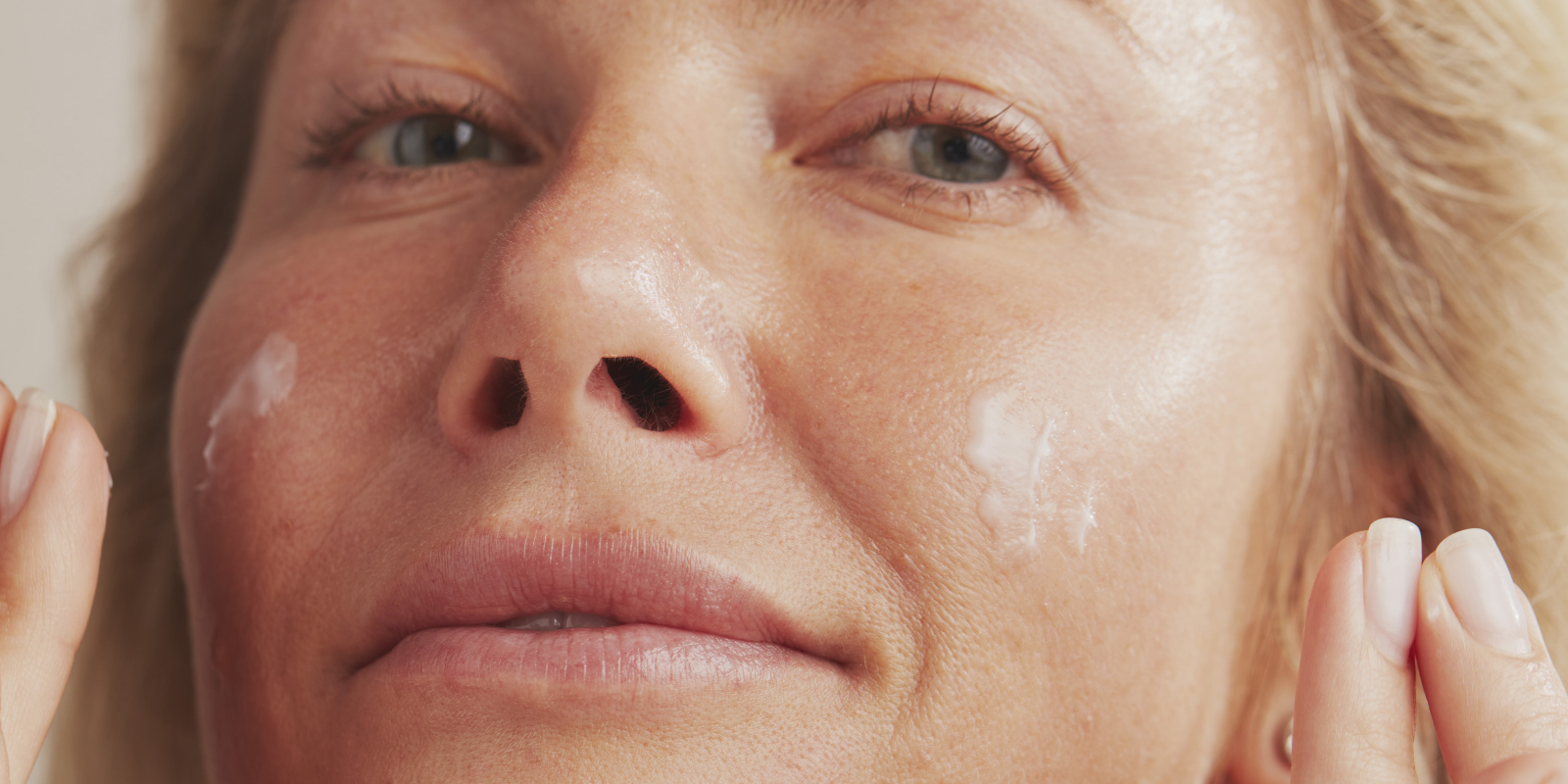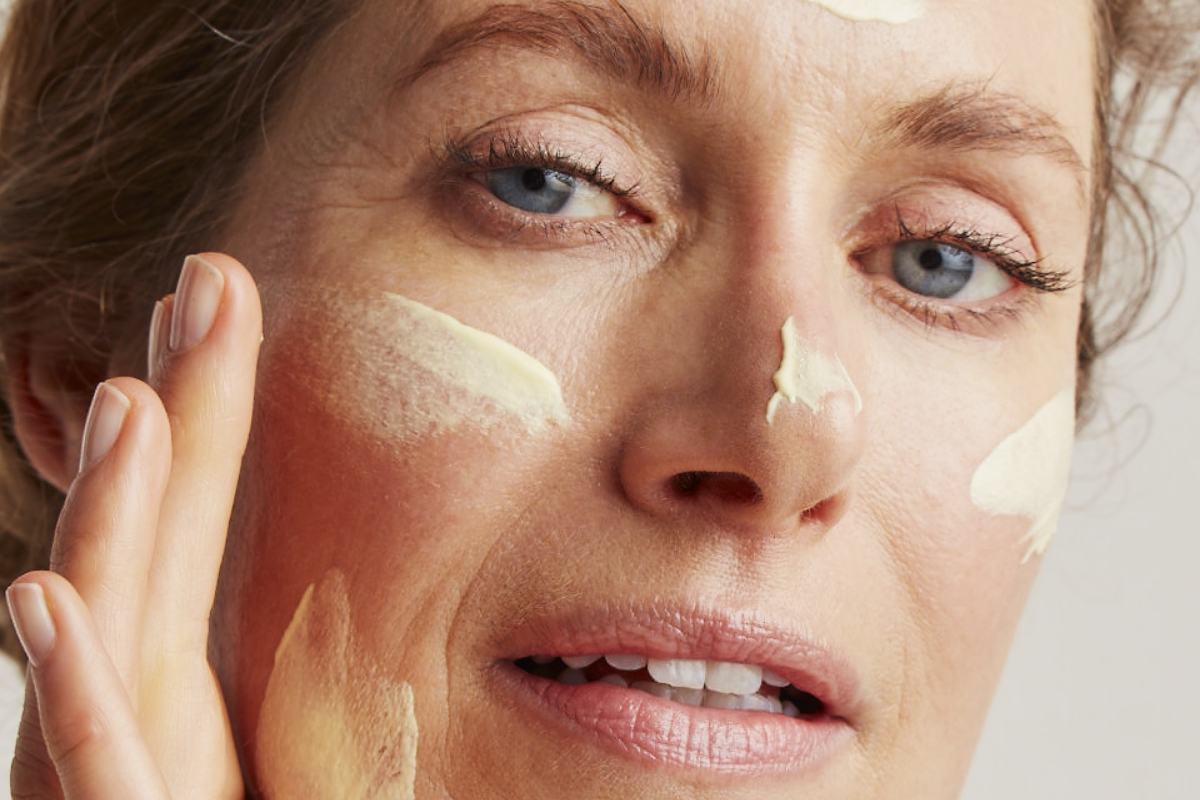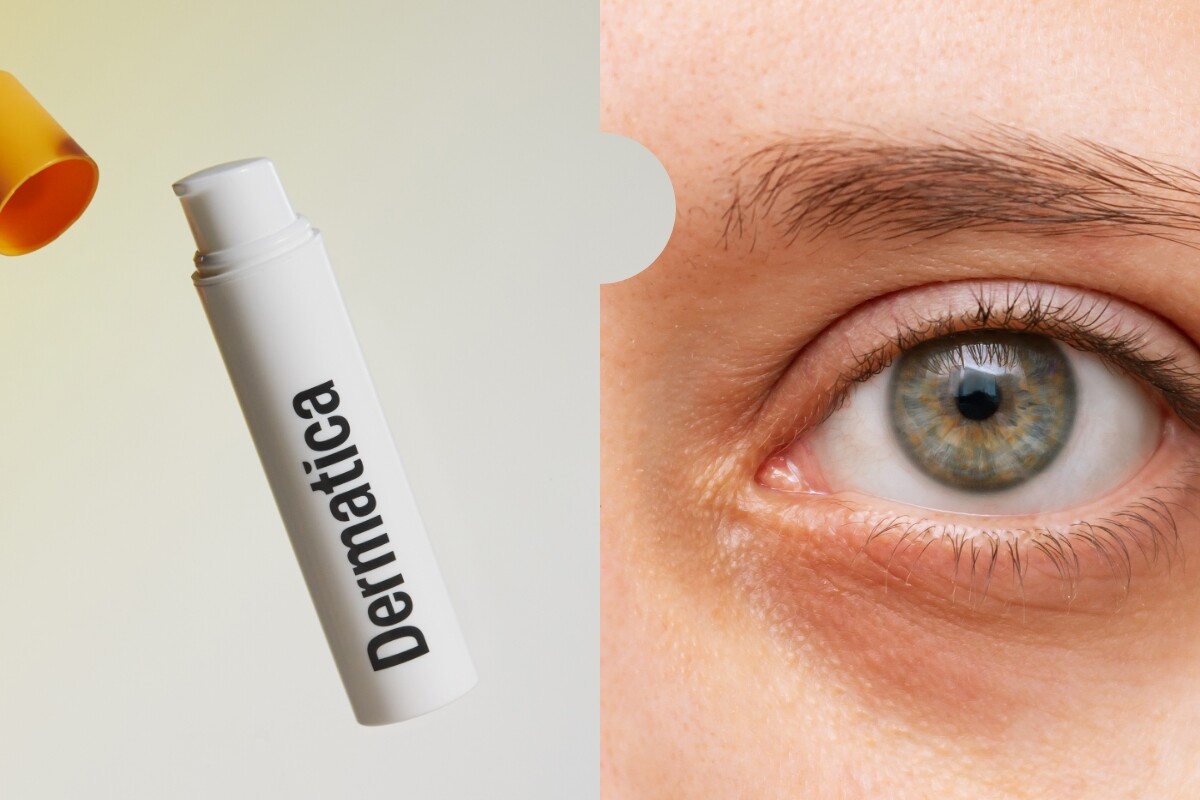Wondering what to expect from retinoid treatment? Retinoids are a group of powerful ingredients derived from Vitamin A that can have a transformative effect on your skin. Benefits include clearing up acne, fading dark spots and boosting skin glow.
The only slight downside is that retinoids can cause a temporary side effect called purging, which happens to some people while their skin adapts to the new treatment. We’re often asked if a) you’ll notice anything from starting retinoids, and b) if these temporary side effects are worth it for the results.
So here’s our take on skin purging from retinoids, and what you might expect.
What is purging?
Skin purging is a temporary side effect after introducing certain active ingredients, like retinoids, into your skincare routine. As the rate of your skin cell turnover increases, existing clogged pores come to the surface as breakouts.(1)
Does everyone’s skin purge?
Though skin purging is common, not everyone will experience it when starting retinoids. For example, you may not purge at all (lucky you). Or if you do, the severity and how long it lasts may be completely different to someone who has the same combination of active ingredients as you.
What’s the difference between purging and breakouts?
It can be difficult to tell the difference between purging and regular breakouts. Especially if you already have acne. However, there are some key features that will help you pinpoint which condition you’re experiencing.
Timing
Breakouts have many causes, so they can happen at any time. Purging can occur when your skin reacts to a new ingredient, like after you start a new retinoid. While breakouts can come back and affect your skin for long periods of time, purging from retinoids is only temporary.
Location
Acne can affect any part of your face, even if you never usually get breakouts there. Purging tends to only occur where you usually get breakouts.
Types of spots
Purging happens when unclogged pores come to the surface, so it typically appears as whiteheads and blackheads. Breakouts, on the other hand, have many different causes. So as well as whiteheads and blackheads, they can be cysts, pustules or papules, too. [2]
How long does purging last?
It varies from person to person but purging usually settles down within four to six weeks. By this time, your skin is used to the retinoid and you will start to notice the results of your skin routine [3]
How can I manage skin purging?
If you experience skin purging, just remember that it’s temporary and will resolve once your skin adapts to your new routine. It also doesn’t mean you should stop treatment. Here are some tips to help you manage side effects:
Start slowly: Gradually introduce a retinoid into your routine. Use it two to three times weekly to help your skin adjust.
Hydration is key: Use a gentle cleanser like our Balancing Glycerin Gel Cleanser, then follow with a moisturiser like our Nourishing Ceramide + Peptide Moisturiser to maintain your skin barrier. This will help reduce any dryness and irritation.
Be patient: Results come from long-term, consistent use. Purging is a sign your skin is responding to retinoids, and that they’re starting to work, so stick with it.
Have questions or concerns about skin purging? We’re here to help. Get in touch with our dermatology team via your dashboard for advice.
1. Retinoid-Induced Flaring in Patients with Acne Vulgaris: Does It Really Exist? The Journal of Clinical and Aesthetic Dermatology [Internet]. 2008 May 1 [cited 2023 Dec 7];1(1):41–3. Available from: https://www.ncbi.nlm.nih.gov/pmc/articles/PMC2989803/
2. Is Your Skin Just “Purging” Or Breaking Out? Here’s How To Tell The Difference [Internet]. Health. [cited 2023 Dec 19]. Available from: https://www.health.com/skin-purging-3. 7852167#:~:text=%E2%80%9CPurging%20occurs%20shortly%20after%20introducing
3. How to Tell If Your Skin Is Purging or Breaking Out [Internet]. Healthline. 2023 [cited 2023 Dec 20]. Available from: https://www.healthline.com/health/beauty-skin-care/skin-purging#what-causes-purging





